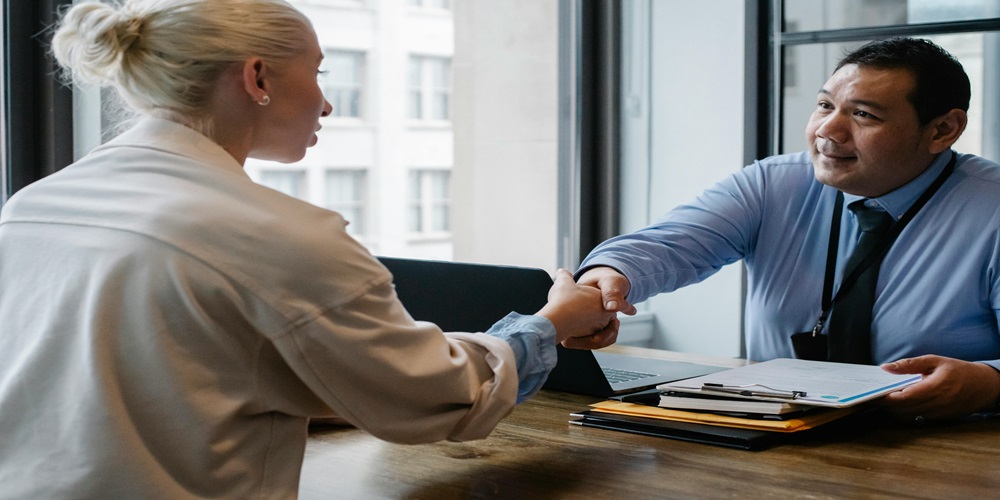When someone agrees to a deal in court, there’s more to the story. Get an expert legal defence to help you through this process. Here is what happens after a plea deal is made.

1. Making the Deal Official
Imagine you’re in a big game, and both teams decide on some rules. In court, it’s a bit like that. After someone says they did something wrong, both sides agree on what should happen next. It’s like making a deal – the person admits to their mistake, and in return, they get a fair punishment. This is a significant moment in the legal game, setting things up for what comes next.
2. The Judge Says Yes
So, the deal is on the table. Now, the judge –like the referee – checks if everything is fair and okay. If the judge thinks it’s a good deal, they say yes. This is like the green light for the plan. The court agreed with everyone’s decision, and now it’s time to determine the punishment. It’s like everyone deciding on the rules before playing the game.
3. Defendant Pleads Guilty
After everyone agrees on what should happen, it’s the defendant’s turn. In court, the person goes before the judge and says, “Yes, I did it.” This is a significant step because it means admitting they did something wrong. It’s like acknowledging a mistake and being honest about it. By doing this, the person shows they understand they made the mistake. They also show that they are ready for our agreed-upon consequences.”
4. Sentencing
The time comes when the judge has to decide upon a sentence after accepting the guilty. The judge may respond, “Okay, you are to reduce the jail sentence, take some money, or do other things.” This decision makes the punishment official. It’s like the final decision for that person’s situation. Once the judge makes this call, it marks the end of the legal process for that particular case.
5. Plea Deal Is Withdrawn
Now, think of the situation changing suddenly. In some cases, the deal might fail to work out. The deal might be cancelled if the judge worries about the plan or if the person needs to follow the rules. It’s like deciding to change the approach in the middle. This change can lead to something called a trial. When there is a trial, the jury must determine whether an individual is guilty. Therefore, if the original plan does not hold water, everybody returns to court to determine where.
Conclusion
After the initial plea agreement, the legal process continues with the defendant openly acknowledging their mistake in court. Following this admission, the judge determines the official punishment, ranging from reduced jail time to fines. This signifies the conclusion of the specific case. However, should concerns arise or the agreed-upon terms not be followed, the deal might be withdrawn, leading to a potential trial where guilt is reassessed. This highlights the ever-evolving nature of the legal journey, underscoring the significance of transparent communication and adherence to agreements within the intricate framework of the justice system. Protect your rights and secure a strong defence by reaching out to a reputable criminal defence lawyer today.